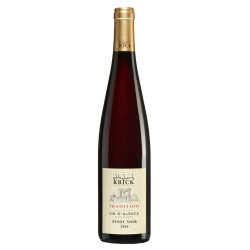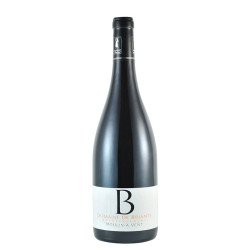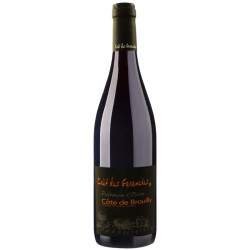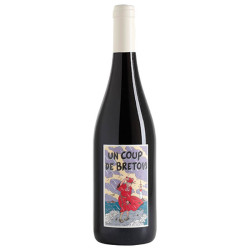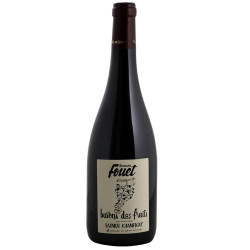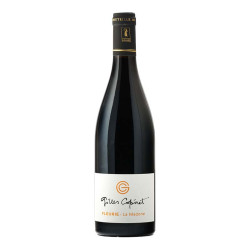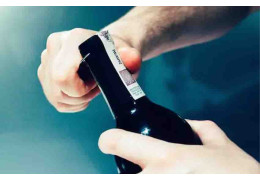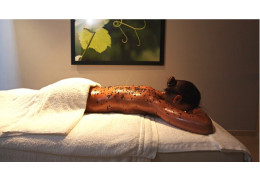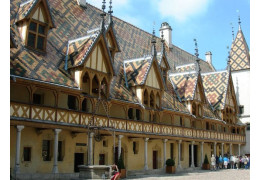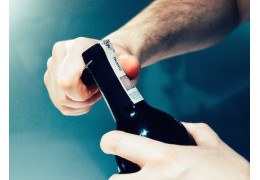Unbeatable !
HOW TO CHOOSE A GOOD RED WINE? | AVENUE DES VINS

A Guide to Choosing the Perfect Red Wine
The Popularity of Red Wine in France
Nowadays, 55% of the billions of liters produced in France are red wines (Source: Intervin Key Figures 2019). This results in literally thousands of different varieties, with diverse terroirs, appellations, grape varieties, and winemaking techniques. So, how can you navigate through this vast selection?
Key Criteria for Distinguishing and Choosing Red Wines
What are the key criteria to distinguish between red wines and choose the ideal bottle? Here, we attempt to provide a general overview of the various types of red wines from French vineyards.
Why Is It Important to Choose the Right Red Wine?
The short answer is that the complexity of red wine can lead to consumption mistakes, financial errors, or pairing mishaps. The long answer is that the right red wine is the one that matches the intended use.
Different Times to Enjoy Each Type of Red Wine
Red wines come in many aromatic profiles and levels of complexity. Some wines are suited for immediate consumption (within three years of vintage) as they focus on the grape's aromas. Others need 5 to 10 years (or much longer) to reach their potential. Are you looking for a wine for quick consumption or one with aging potential? Drinking a wine too early or too late can result in disappointment.
A Poorly Chosen Bottle Can Be a Financial Risk
Besides potential taste disappointment, choosing the right red wine is a real financial investment. For example, a great red wine meant to age that is consumed too early will have cost a lot (due to its aging potential) but will not have been worthwhile since it was drunk at the wrong time. Conversely, a young wine purchased for aging can provide an exceptional experience years later. Thus, it is important to choose your wine carefully to ensure an appropriate price/pleasure ratio.
Numerous Criteria for Pairing Red Wines
In general, red wines age more than white wines and have an additional complexity element: tannins. A typical illustration of this complexity is with cheese. Choosing a full-bodied wine with strong tannins (Bordeaux, Roussillon, Provence, Rhône Valley) for creamy cheese (Brie, Camembert, etc.) is a mistake as the tannins and fat create a "paste" in the mouth. Instead, opt for a wine with few tannins and ideally good acidity for such cheeses (Burgundy, Loire, Alsace) and reserve Bordeaux wines for hard cheeses (Parmesan, Mimolette, aged Gouda).
How to Choose the Right Red Wine
To choose the right red wine, consider the criteria that arise from these complexities:
- What pairing are you looking for, and in what context will it be enjoyed? Are you seeking a wine for immediate consumption or for aging?
Wine is primarily a shared moment. Therefore, the tasting context is the first thing to know to define the suitable aromatic profile for the occasion. This is where it gets tricky because you need to know the tannic profile, flavors, and acidity levels of different appellations and vintages to determine what type of wine to choose and its ideal age. Don't worry, we provide some tips at the end of the article.
The second thing to know is the tasting time. Some wines are suited for "on the fruit" consumption (within the first three years after bottling) and others are better suited for tasting with evolving and aging aromas.
A Selection of 10 Excellent Red Wines
We distinguish two main families of wine to simplify the French wine landscape.
5 Light and Elegant Red Wines
These wines are generally preferred with fatty dishes (charcuterie, cheeses) due to their discreet tannins and acidity, as well as with dishes mainly composed of vegetables or white meats.
-
Burgundy Red Wines: An essential reference. In AOC Burgundy, Pinot Noir offers both wines for immediate consumption and great aging wines on known climates. Less known but wrongly so, Jura red wines show unparalleled elegance and can have equivalent aging potential.
-
Beaujolais: Known for Gamay. Beaujolais wines offer both immediate consumption wines and high-potential wines through the 10 crus of the region (Morgon, Fleurie, Brouilly, etc.).
-
Loire Wines: Plentiful: Head towards Anjou, Saumur, or Touraine appellations to find excellent simple wines for immediate consumption and opt for Saumur-Champigny, Chinon, Bourgueil, or Saint-Nicolas-de-Bourgueil for aging wines.
-
Alsace: Skillfully handles Pinot Noir, offering both reds to enjoy on the fruit and reds worthy of aging.
5 Robust and Powerful Red Wines
These wines are particularly suited for red meat and game dishes. They also pair well with many saucy dishes and hard cheeses.
-
Bordeaux Wines: Obviously essential, with the finest cuvées having immense aging potential.
-
Southern Rhône Valley Wines: Very renowned for their complexity and aging capacity (Châteauneuf-du-Pape, Vacqueyras, and Gigondas to name a few). The Northern Rhône (North) also has well-known appellations (Saint-Joseph, Côte Rôtie, Crozes-Hermitage, etc.) that create elegant, well-aging wines.
-
Provence: Offers a sunny climate and terroir, providing structured red wines full of fruit that can be consumed early. For aging wines, appellations like Bandol give Provence great aging wines.
-
Languedoc-Roussillon: Also robust and fruity overall, produced in famous appellations such as Corbières, which can age for many years.
